 |
According to PMU1, the project is currently divided into two sections. In which, the first section covers a length of 36 kilometers from Dau Giay to Xuan Loc. Investment capital comes from government loans from the World Bank's International Development Association (IDA).
The second section will cover a length of 62.7 kilometers, extending from Xuan Loc district in Dong Nai province to Phan Thiet city in Binh Thuan province under the suggested Private-Public-Partnership (PPP) investment mode. The total investment capital is estimated at over VND 17,700 billion, including VND 6,200 billion for the first section.
At the meeting, the PMU1 stated that the first section will be started by the first quarter of 2017 and completed by 2019; while the second section will be kicked off at the end of 2017 and completed within 3 years afterwards.
Earlier, the government has selected Bitexco as the first investor with 60 percent share of the project, and the second investor will contribute 40 percent of the remaining stake.
In two years (2013 and 2014), the Ministry of Transport (MOT) has been introducing and promoteing this project to India, South Korea, Singapore and provinces nationwide. Although the project attracted 100 investors, the second investor for the project has not been yet selected due to a number of obstacles in procedure and turnover security.
The DPEP has a total length of 101.28 km (including 98.7 kilometers main route and 2.58 kilometers linking with the national highway 1A), stretching through Thong Nhat district, Cam My district, Long Khanh town, Xuan Loc district in Dong Nai province and Ham Tan district, Ham Thuan Nam district in Binh Thuan province.
The construction will help shorten travel time from Ho Chi Minh city to the South Central region, and reduce overload of vehicles for the national highway 1A. Besides, it will pave the way for the formation and development of industrial parks along the route.
My Thien (Source: Binh Thuan Online)

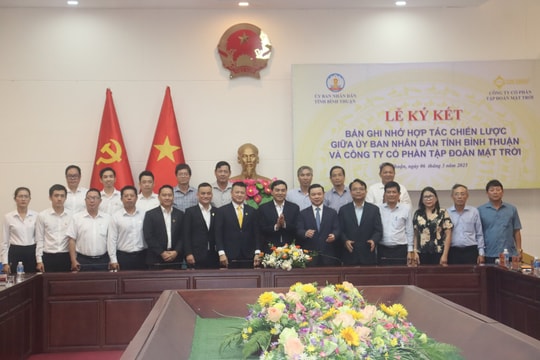
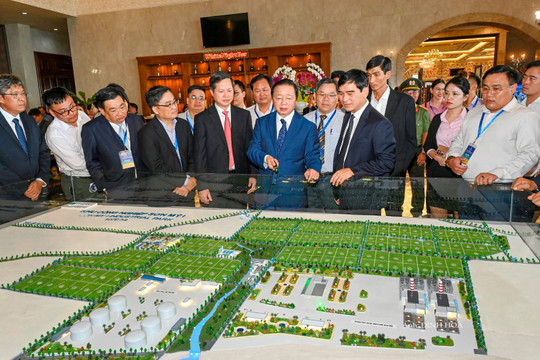
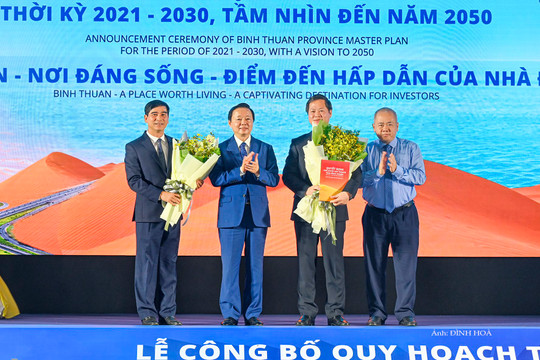

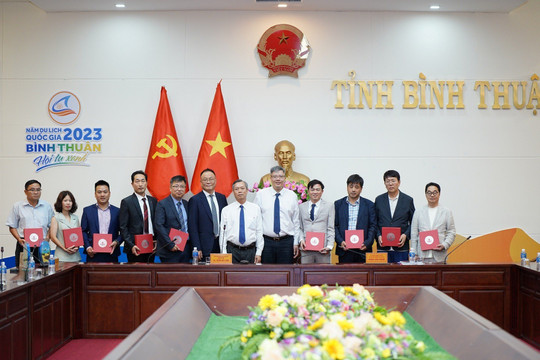
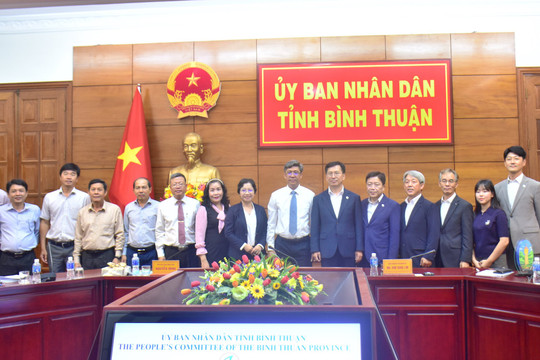













.jpg)





.jpeg)

.jpeg)


.jpeg)


